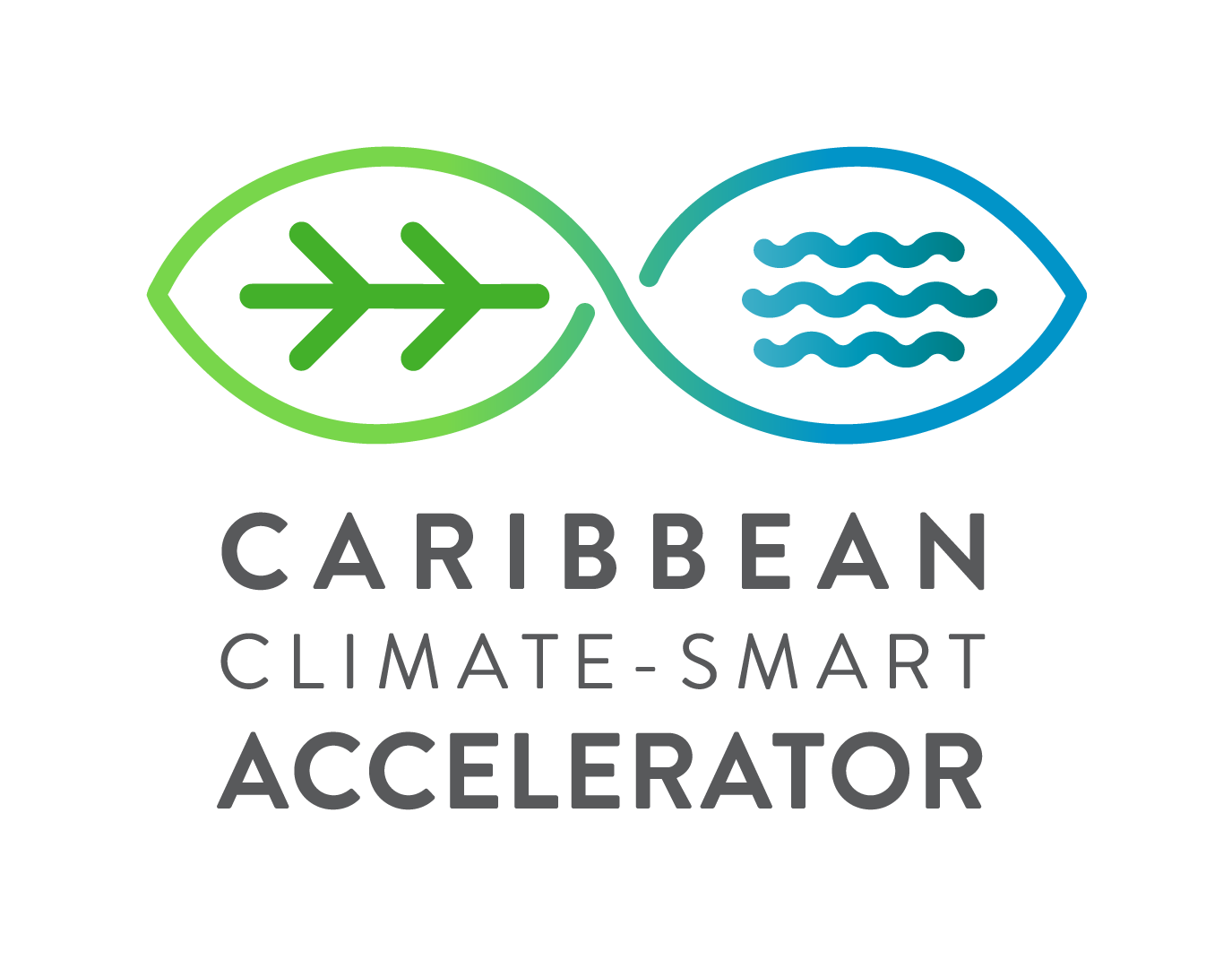Climate Finance at a High Level
Climate Policy Initiative’s analysis of the Global Climate Finance Landscape for 2021 revealed that
- Total climate finance increased steadily from US 364 billion in 2011/12 to 632 billion in 2019/20
- This stops short of the financing required to limit global warming to 1.5C
- CPI estimates that climate finance must increase to US 4.35 trillion annually by 2030 to meet global climate objectives
- Of the US 632 billion committed to climate finance for 2019/20:
- 51% (US 321 billion) was provided from public finance with development finance institutions providing 70% of the public funding
- Of the 49% (US 310 billion) provided by private finance, commercial financial institutions and corporations contributed 80% of the total
- Consequently, most climate finance for the period was raised as debt (US 384 million or 61%) with a whopping 88% provided as market rate debt (project level and balance sheet) versus low cost project debt
- Only 6% or US $36 million was provided as grants
- By sector the leading sectors were – US 334 billion, 53% financed energy systems, 28% to transport, followed by infrastructure and industry
- While overall mitigation accounted for US 571 billion (90%), US 46 billion (7%) to adaptation and the balance 3% to support dual usage projects
The key takeaways from this data are:
- Financing is available to support climate action
- It primarily takes the form of debt at market rates from public and private sources
- Project development must rise to appropriate standards, that is delivering commercially viable investment opportunities that provide market or close to market returns to access financing
- While renewable energy leads the way, there are opportunities to address climate finance through other solutions once commercially viable
Resources available to help projects get investment ready
At CCSA, our core approach to achieving climate action is focused on convening, collaborating and building economies of scale. We leverage our network of strategic partners to support projects aligned with our pillars with:
- Technical support
- Project preparation
- Establishing strategic partnerships and collaboration
- Integrating and application of innovations to existing business models
- Connecting with suppliers and customers
- And ultimately accessing funding
What does being investment ready mean?
Investment readiness is a subjective concept as it varies based on the needs and expectations of investors – priorities, interests, risk perception, risk tolerance, and other factors. Achieving investment readiness requires entrepreneurs to be aware of the precise needs of target investors and to bridge the information gap through research, preparation and providing adequate information.
It is best described as:
the extent to which an investee is perceived to possess the attributes which make them an investable proposition by an investor providing the finance they are seeking.
The burden is on the investee to demonstrate that they possess the most important drivers of business success; that they have a robust, validated route to generating financial and social returns; and that they have a deep understanding of the values, interests, and expectations of a potential investment partner.
To do this, project sponsors must offer a plan that will stand up to investor scrutiny. Investment plans must clearly demonstrate the key milestones the money will enable, the viability and certainty of debt repayments or a return yielded to an equity investor.
In summary projects must demonstrates impact, commercial viability and the ability to generate returns to investors
Impact
- What is the individual or societal need that your project seeks to address?
- Clearly outline your value proposition.
- Are there substitutes or other solutions and if so, how is your product or service differentiated from others in the market?
- Demonstrate alignment to sustainable development goals using appropriate quantitative and qualitative measures to assess outcomes
- Does the proposed business model result in negative externalities or thrive on market failures?
- Environmental/social/governance goals for the project must be aligned with those of the potential investors
Commercial viability and ability to generate returns
- Demonstrated most effectively through a comprehensive business plan
- The business plan should be developed from the findings of comprehensive market research, from which realistic assumptions reflecting micro and macro factors are derived
- Sales and revenue forecasts
- Sales and marketing strategy
- Supply and production plans and forecasts
- Production/service models
- Sales and production agreements/commitments
- Outline risk management strategies
- Resourcing plans
- Long range financial forecasts with sensitivity analyses
- Investment plan demonstrating appropriate timing and staging investments to support growth
- the selection of financing options appropriate for the scale of the project (corporate vs project financing)
- the selection of financing options applicable to stage of development and
- Business planning is supported by long range planning for the business venture that demonstrates:
- the establishment of appropriate corporate and governance structures that support the project through its intended lifecycle
- how the use of corporate structures will support financing decisions and manage risks for investors ( SPVs and Hold Cos)
- that patents, trademarks and registrations have been completed to protect intellectual property, commercial viability, value and competitive advantage
- exit strategy
- Credible and experienced management with a track record of success to lead implementation and drive growth – acquire and demonstrate technical expertise required to implement the project successfully
- Injection of equity
The primary driver of commercial success – building a network for successful implementation inclusive of suppliers, customers and advisors and making that network tangible through contracts and agreements where possible. The financing decision, regardless of if you access a grant, loan or equity, creates a long term relationship of monitoring and compliance , the goal is to find the right investor for you and your project.
Different types of matches CCSA can facilitate.
In addition to providing one on one support for individual projects, we also facilitate project financing through two core initiatives:
The Investor Forum
The Investor Forum has been integrated into our calendar of events as a quarterly activity designed to match investors with projects. To date, we have convened two investor fora, with the third forum focusing on the blue economy scheduled for the beginning of September.
The investor forum is executed with the objectives of:
- promoting investment-ready, climate-smart projects that investors can get involved in
- introducing regional project leaders to investors, with the aim of establishing and leveraging relationships to facilitate further investment activity
- establishing the investment process, i.e., the next steps in the evaluation process between investors and projects and clarifying the role of CCSA
During the two-hour sessions, we provide non-traditional investors, sector specific investors and financial innovators with the platform to discuss their investment focus and criteria and simultaneously provide projects with the opportunity to pitch to potential investors aligned their interests.
To date, we have engaged a diverse group of international investors to showcase their innovative approaches to financing climate and sustainable investment, specifically:
Credit Suisse – sponsored by The Nature Conservancy (TNC), Credit Suisse acted as sole structurer and arranger of the Belize Blue Bond, raising US 364 million under the umbrella of TNC’s Blue Bonds for Conservation program. This unique Blue Bonds program created dedicated funding to help Belize realize its marine conservation efforts, a key factor in the prosperity of the Belizean economy.
Eco Advisors – facilitate private investment opportunities and increase connectivity among disparate actors in the environmental impact space. EcoInvestors also provides capital holders with impact advice and wide-ranging access to a fully-vetted diversified portfolio of impactful investments across private, public, fixed income, concessionary and philanthropic asset classes.
The Intrinsic Exchange Group – based in the US, is pioneering a new asset class based on nature and the benefits that nature provides termed ecosystem services. These services include carbon capture, soil fertility and water purification, amongst others. This new asset class is the foundation of a new form of corporation called a “Natural Asset Company” (NAC). The primary purpose of these companies is to maximize Ecological Performance and the production of ecosystem services, which they have rights and authority to manage. In partnership with the New York Stock Exchange, IEG is providing a world-class platform to list these companies for trading, enabling the conversion of natural assets into financial capital. The NAC’s equity captures the intrinsic and productive value of nature and provides a store of value based on the vital assets that underpin our entire economy and make life on earth possible.
Blockchain Triangle – a managed technology platform that combines Big Data and Financial Services on one chassis. It leverages blockchain to enable innovation, sustainability and risk management by using smart contracts to connect and verify investor data and by using smart meters and IoT devices to deliver transparent data in real-time. Climate and infrastructure finance market need this efficiency
Deetken Impact – is a Canadian impact investing firm, with a geographic focus. Deetken aims to make a social and environmental impact in the Americas, with a deeper focus on Latin America and the Caribbean by focusing investments on businesses and social enterprises that promote entrepreneurship, provide or improve access to basic services, and have a positive environmental impact. Its focus intersects with climate through renewable energy.
CrossBoundary Group – invest capital to provide enterprises with cheaper, cleaner and more reliable electricity. The focus on distributed solar and storage technology to provide a clean path to growth for developing countries.
TotalEnergies Marketing Jamaica Limited – their ambition is to be a world-class player in the energy transition.
and
Invert Inc – focused on identifying and funding carbon reduction and removal projects, and creating a platform that everyone can use to take part. Invert helps organizations navigate the complex world of decarbonization, carbon neutrality, and carbon markets, providing comprehensive solutions to accelerate the pathway to Net Zero carbon emissions and focus the attention of large pools of ESG capital on companies dedicated to achieving True Net Zero.
The diversity in sectoral focus and financing approach provides our project owners with choice and opportunity for developing innovative climate action solutions
The Financial Advisory Committee
To leverage regional investment, we have created our Financial Advisory Committee (the FAC). The objective of the FAC is to increase project funding and collaboration around the region. The group of 9 executives representing regional financial institutions will leverage their experience and professional networks to improve the access to financing and to deliver innovation in the financing of climate smart projects throughout the region.
The FAC will primarily be responsible for:
- Evaluating investments to help increase funding available for transformative climate investment in the region;
- Participating in blended financial instruments;
- Making recommendations on optimizing projects to attract funding and successfully bring them to fruition; and
- Serving as a knowledge resource on matters of increasing project throughput in the region.
FAC member institutions represent banking, private equity, development finance institution and multilateral development banks, providing geographic coverage for Barbados, Trinidad and Tobago, Jamaica, Guyana and the Eastern Caribbean
To date CCSA has presented 21 projects requiring investments totaling US 401M to investors and we currently have projects requiring investment of USD32.2 million pairing with investors for support and funding.
Separately, we have also identified funding for the US 100 million solar assembly facility to be established in Trinidad and Tobago and we have moved the project to the negotiation stage.






